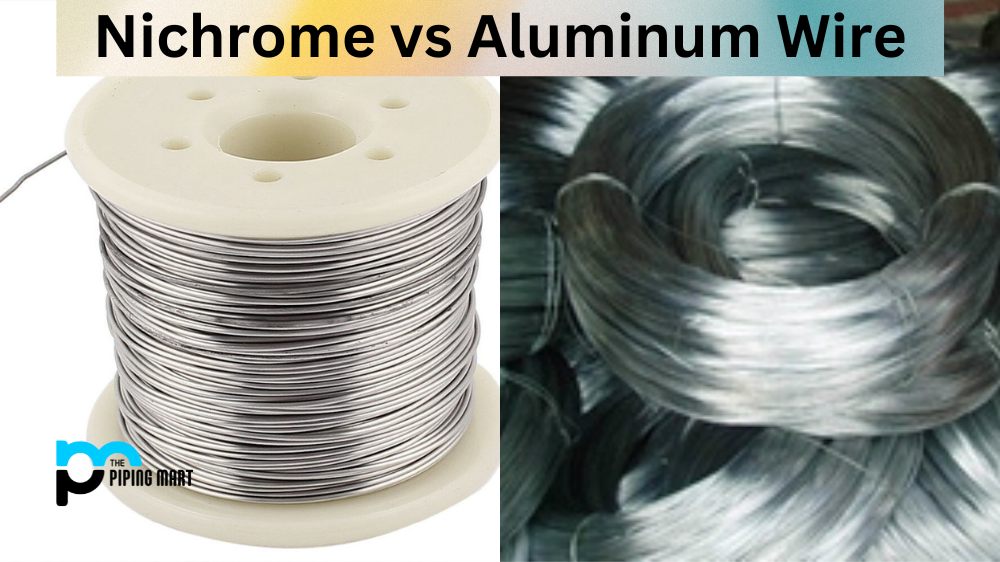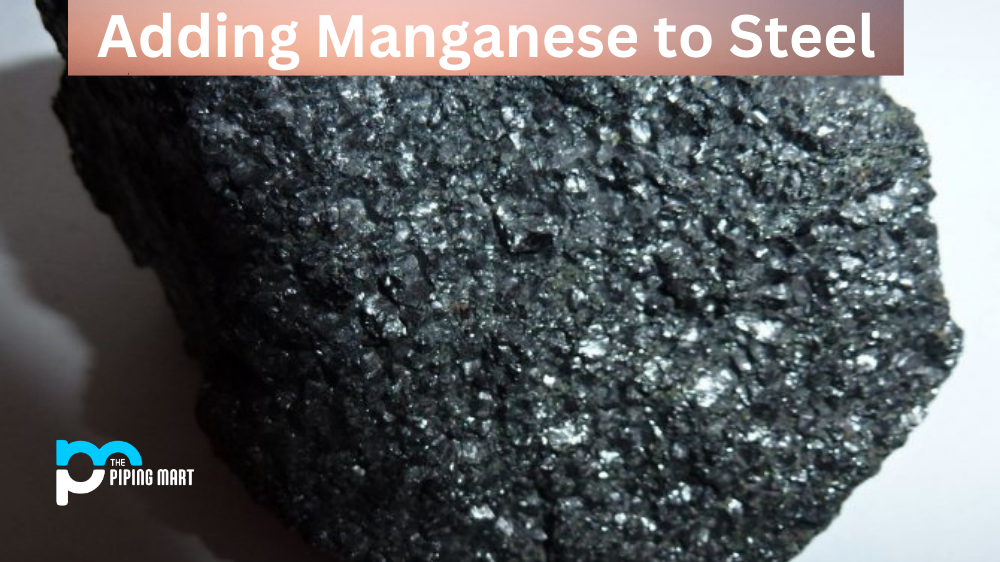The hydraulics industry is constantly evolving, and hydraulic hose pipe specifications are changing accordingly. This means that mechanics and engineers must stay up to date on the latest developments to make sure that their hydraulic systems are functioning optimally. Let’s take a look at some of the key specs to know about when it comes to hydraulic hose pipe specifications.
Pressure Ratings
The pressure rating of a hydraulic hose pipe is one of the most important factors to consider when selecting a hose for your system. If a hose is not rated for the pressure that your system requires, it could fail under pressure or burst, leading to serious damage or injury. It’s important to select hoses with higher pressure ratings than you need so that you have some wiggle room should your system require more power in the future.
Hose Size
The size of your hose is also an important factor. Larger hoses can handle more pressure and flow, but they may be too big for your application or too heavy for you to handle easily. Smaller hoses may not be able to handle as much pressure or flow, but they are often easier to maneuver around tight spaces and can be moved quickly if needed. Consider both the size and weight of your hoses when making your selection.
Temperature Ratings
It’s also important to consider the temperature range for which each type of hose is rated. Different materials have different temperature ratings, so make sure that you select a material that can withstand any extreme temperatures that might occur in your application. Also, keep in mind that certain chemicals may degrade certain types of hoses over time, so make sure you choose a material compatible with any chemicals that will come into contact with your hoses.
Conclusion:
In conclusion, understanding hydraulic hose pipe specifications are essential for mechanics and engineers who want their systems to function properly without fail. Pressure ratings, size, and temperature ratings are all critical factors when selecting hoses for specific applications; therefore, it’s important to do research ahead of time so you can choose the right parts for the job. With careful consideration and accurate research, you can ensure optimal performance from your system each time it’s used.

A passionate metal industry expert and blogger. With over 5 years of experience in the field, Palak brings a wealth of knowledge and insight to her writing. Whether discussing the latest trends in the metal industry or sharing tips, she is dedicated to helping others succeed in the metal industry.




